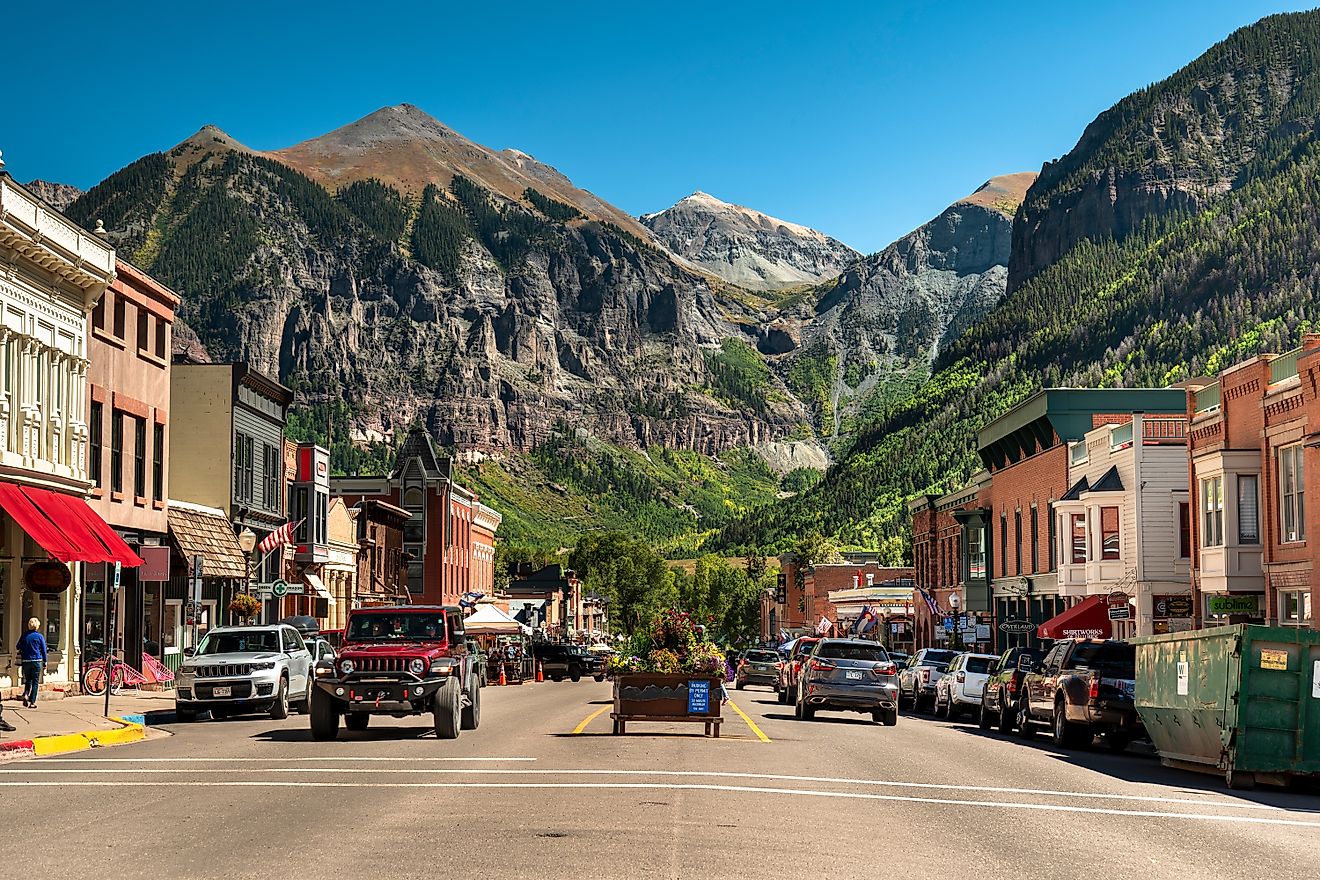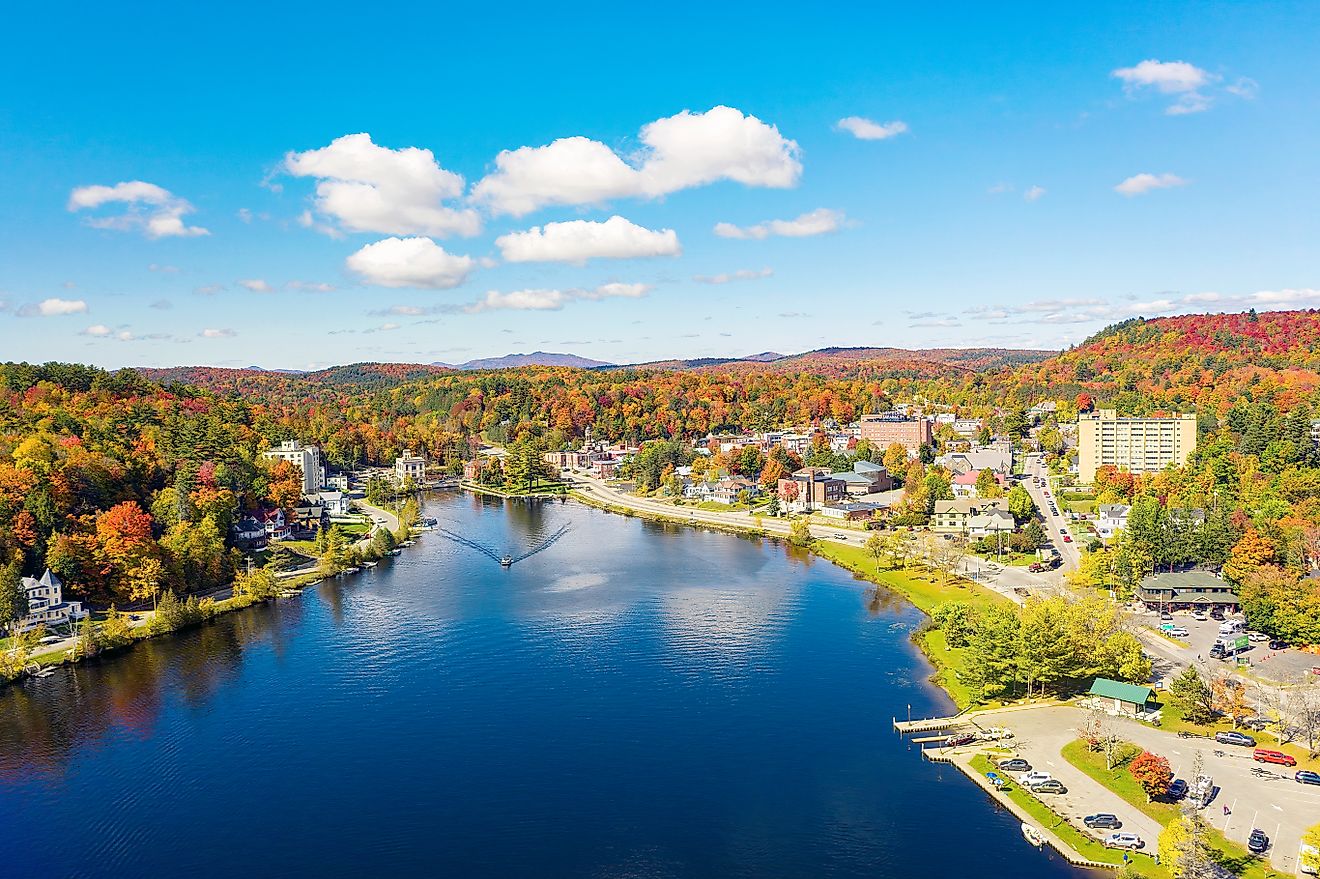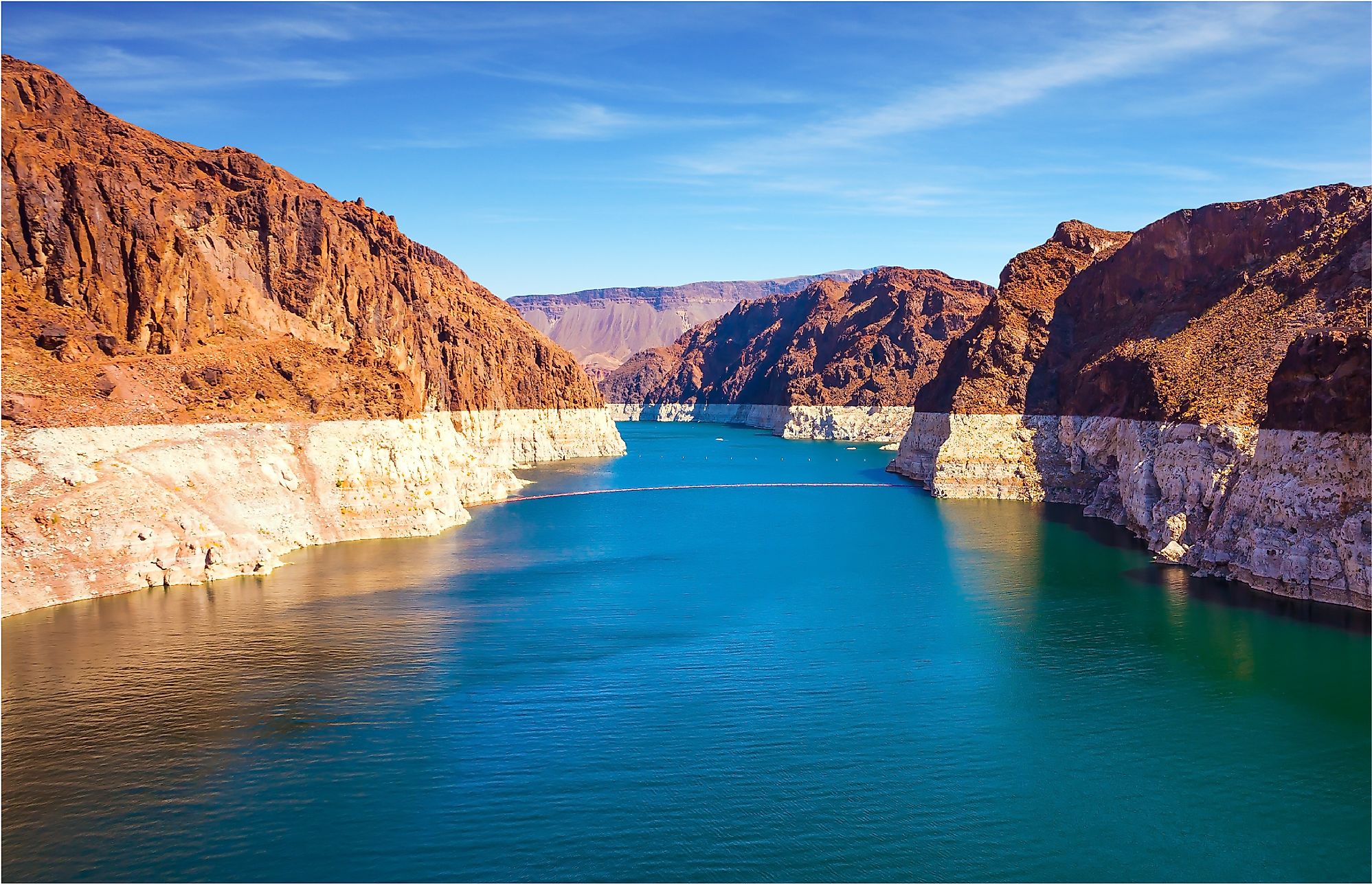
10 Tallest Dams In The United States
A dam refers to a massive structure that has been constructed across a flowing river or a stream to retain the flow of water. The reservoirs that are created by these dams help to control floods and provide water for several purposes, including irrigation, industrial uses, navigation, and drinking. The dams also help in generating hydroelectricity. Over the years, the United States has constructed several dams throughout the country. It is to be noted that due to the much steeper and rugged topography, most of the taller dams in the US are located on the country’s western side. The following article discusses the 10 Tallest Dams in the United States.
1. Oroville Dam - 770.5ft
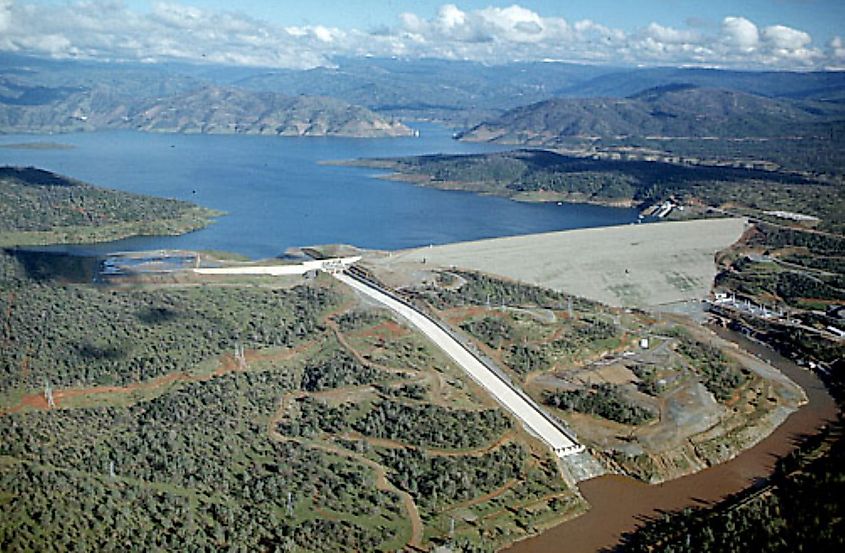
The 770.5ft tall Oroville Dam is the tallest dam in the United States. Oroville Dam is an earthen embankment dam that has been constructed on the Feather River, situated to the east of Oroville at the foothills of the Sierra Nevada in the state of California. The dam has led to the formation of the second-largest reservoir in the state – Lake Oroville, which has a total capacity of 3,537,577 acre-feet. The main purpose of the Oroville Dam is water supply, hydroelectricity production, and flood control.
2. Hoover Dam - 726ft
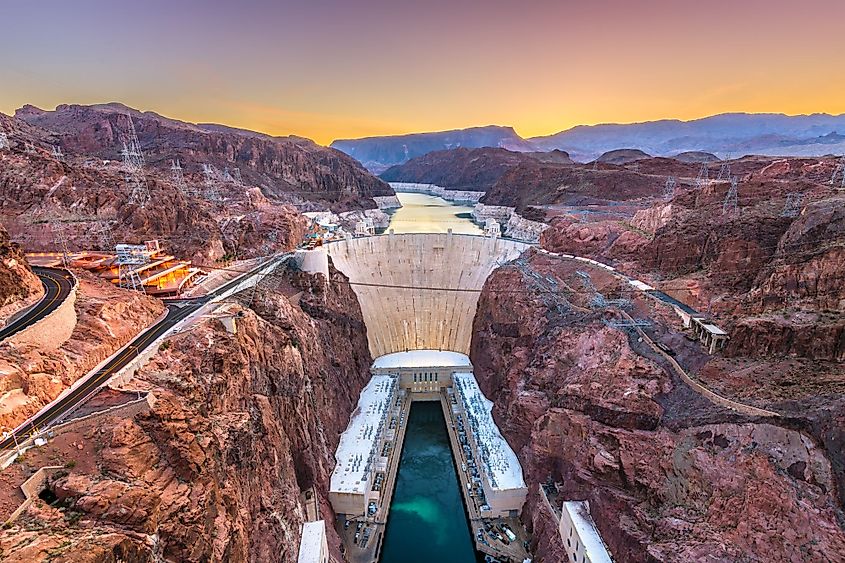
The 726ft tall Hoover Dam is the second-tallest dam in the United States. Hoover Dam is a concrete arch-gravity dam that has been constructed on the Colorado River’s Black Canyon on the boundary between Arizona’s Mohave County and Nevada’s Clark County. The dam has created the country’s largest reservoir – Lake Mead which has a total capacity of 28,537,000 acre-feet. The dam’s principal purpose is flood control and the generation of hydroelectric power. Being a significant tourist attraction, the Hoover Dam attracts over 1 million tourists annually.
3. Dworshak Dam - 717ft
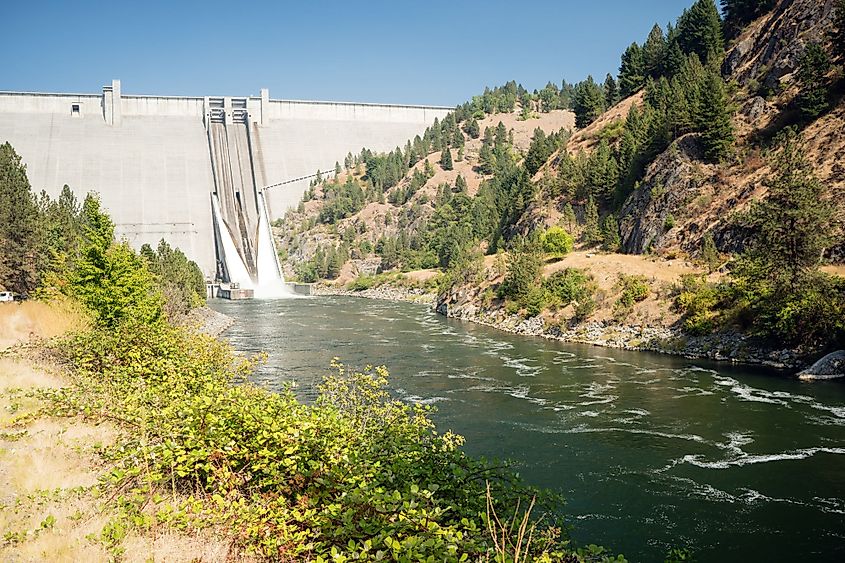
The 717ft tall Dworshak Dam is the third-tallest dam in the United States. Dworshak Dam is a concrete gravity dam that has been built on the North Fork Clearwater River in Idaho’s Clearwater County. The dam has led to the formation of the Dworshak Reservoir, which plays a vital role in the generation of hydroelectricity and control of floods. The Dworshak Dam is also the Western Hemisphere’s tallest straight-axis concrete dam.
4. Glen Canyon Dam - 710ft

The 710ft tall Glen Canyon Dam is the fourth tallest dam in the United States. Glen Canyon Dam is a concrete arch-gravity dam that has been built on the mighty Colorado River in the northern portion of Arizona. The dam has led to the formation of Lake Powell, which is one of the country’s largest man-made reservoirs. The 387m long and 210m high Glen Canyon Bridge is also considered one of the highest bridges in the nation as well as in the entire world.
5. New Bullards Bar Dam - 645ft
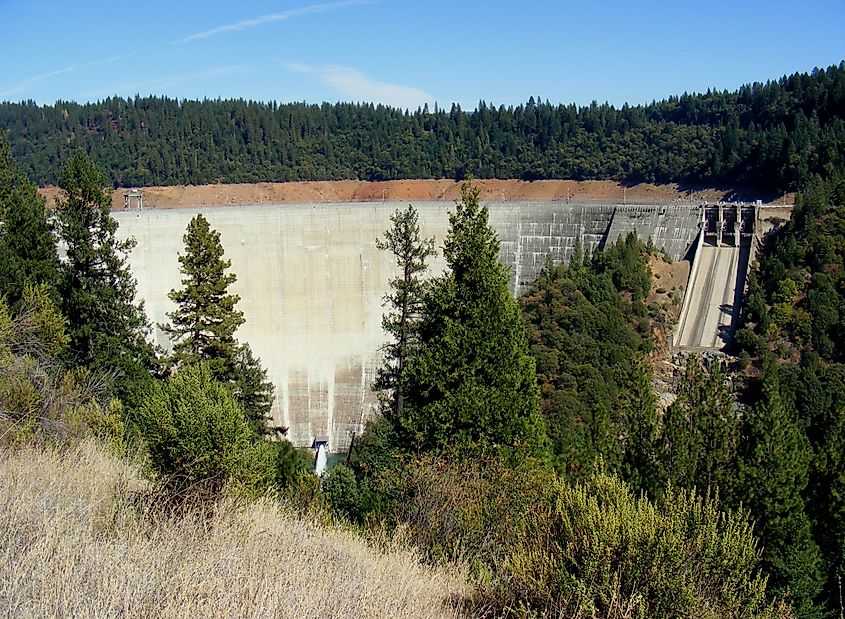
The 645ft tall New Bullards Bar Dam is the fifth tallest dam in the United States. New Bullards Bar Dam is an adjustable radius concrete arch dam that has been constructed on the North Yuba River, close to the town of Dobbins in California’s Yuba County. The New Bullards Bar Dam led to the creation of the New Bullards Reservoir, which has a total capacity of 969,600 acre-feet. The dam’s main purposes include generating hydroelectric power and providing water for drinking and irrigation.
6. New Melones Dam - 625ft
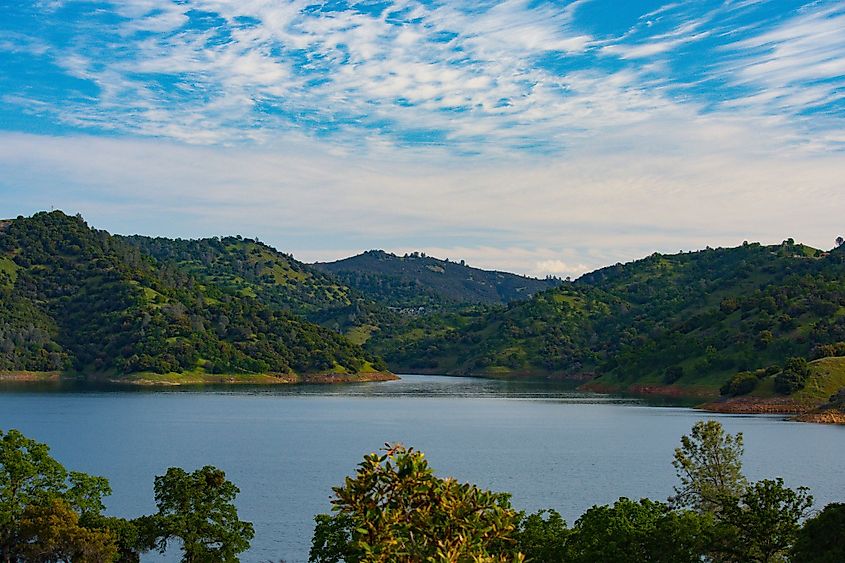
The 625ft tall New Melones Dam is the sixth tallest dam in the United States. The New Melones Dam is an earthen embankment dam that has been built on the Stanislaus River at the boundary between California’s Calaveras and Tuolumne County. The New Melones Dam has led to the formation of the state’s fourth-largest reservoir – the New Melones Lake, which has a capacity of 2,400,000 acre-feet. The reservoir provides water for hydropower generation, flooding regulation, and recreation activities, as well as irrigation water for the agricultural sector.
7. Mossyrock Dam - 606ft

The 606ft tall Mossyrock Dam is the seventh tallest dam in the United States. The Mossyrock Dam is a concrete arch-gravity dam that has been built on the Cowlitz River close to the city of Mossyrock in Washington’s Lewis County. The Mossyrock Dam has formed the Riffe Lake, which has a capacity of 1,685,000 acre-feet. Being the tallest dam in Washington, Mossyrock Dam, along with its hydroelectric power station, provides more than 40% of the electric supply of Tacoma Power.
8. Shasta Dam - 602ft
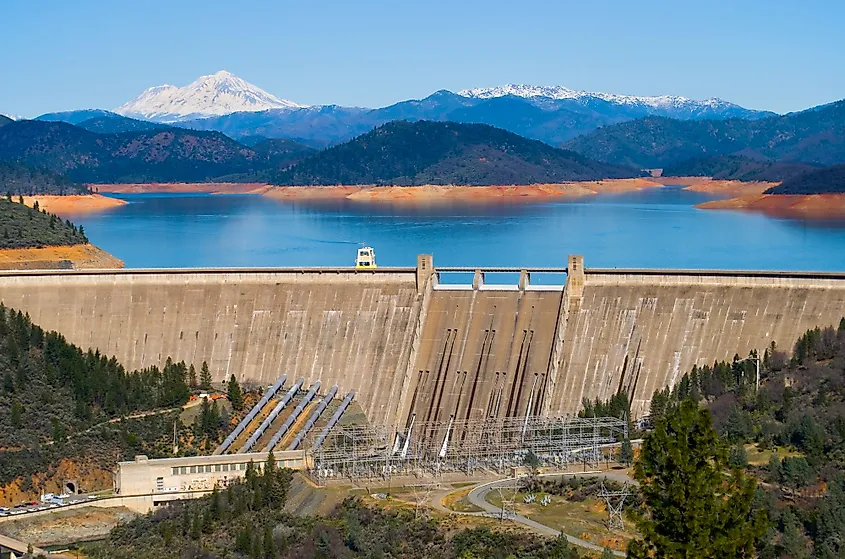
The 602ft tall Shasta Dam is the eighth tallest dam in the United States. The Shasta Dam is a concrete arch-gravity dam that has been constructed across the Sacramento River in the northern portion of California. The Shasta Dam has led to the creation of Shasta Lake, which is the state’s largest reservoir with a total capacity of 4,500,000 acre-feet. Shasta Lake serves several purposes, including saving water for long-term water storage, flood control, hydroelectricity generation, and a shield against saline water interference.
9. New Don Pedro Dam - 585ft

The 585ft tall New Don Pedro Dam is the ninth tallest dam in the United States. The New Don Pedro Dam is an earthen embankment dam that has been built across the Tuolumne River in California’s Tuolumne County. The New Don Pedro Dam has led to the formation of the Don Pedro Reservoir, which has a total capacity of 2,030,000 acre-feet.
10. Hungry Horse Dam - 564ft
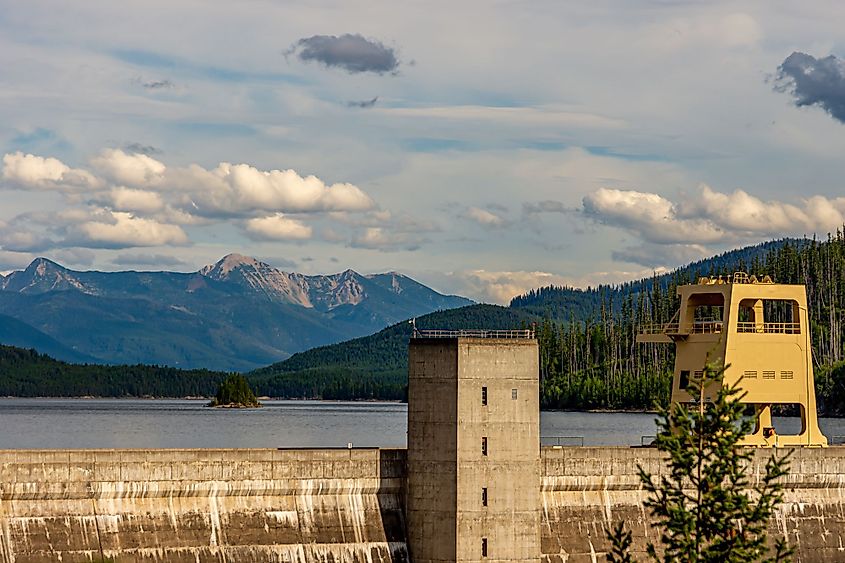
The 564ft tall Hungry Horse Dam is the tenth tallest dam in the United States. The Hungry Horse Dam is an arch dam that has been constructed on the South Fork Flathead River in Montana’s Flathead National Forest. The Hungry Horse Dam has created the Hungry Horse Reservoir, which has a total capacity of 3,467,179 acre-feet. The dam’s main purpose is to provide water for irrigation, flood control, navigation, streamflow regulation, hydroelectric generation, and recreational activities. The dam provides water for the western United States and attracts many tourists due to its scenic natural views.
20 Tallest Dams In The United States
| Rank | Name | State(s) | Height (Feet) | Height (Meters) | Year Constructed |
|---|---|---|---|---|---|
| 1 | Oroville Dam | CA | 770.5 | 234.8 | 1968 |
| 2 | Hoover Dam | AZ, NV | 726 | 221 | 1936 |
| 3 | Dworshak Dam | ID | 717 | 219 | 1973 |
| 4 | Glen Canyon Dam | AZ | 710 | 220 | 1966 |
| 5 | New Bullards Bar Dam | CA | 645 | 197 | 1969 |
| 6 | New Melones Dam | CA | 625 | 191 | 1979 |
| 7 | Mossyrock Dam | WA | 606 | 185 | 1968 |
| 8 | Shasta Dam | CA | 602 | 183 | 1945 |
| 9 | New Don Pedro Dam | CA | 585 | 178 | 1971 |
| 10 | Hungry Horse Dam | MT | 564 | 172 | 1953 |
| 11 | Grand Coulee Dam | WA | 550 | 170 | 1942 |
| 12 | Seven Oaks Dam | CA | 550 | 170 | 2000 |
| 13 | Ross Dam | WA | 540 | 160 | 1949 |
| 14 | Trinity Dam | CA | 538 | 164 | 1962 |
| 15 | Yellowtail Dam | MT | 525 | 160 | 1967 |
| 16 | Cougar Dam | OR | 519 | 158 | 1964 |
| 17 | Swift Dam | WA | 512 | 156 | 1958 |
| 18 | Flaming Gorge Dam | UT | 502 | 153 | 1964 |
| 19 | New Exchequer Dam | CA | 490 | 150 | 1967 |
| 20 | Fontana Dam | NC | 480 | 150 | 1944 |

